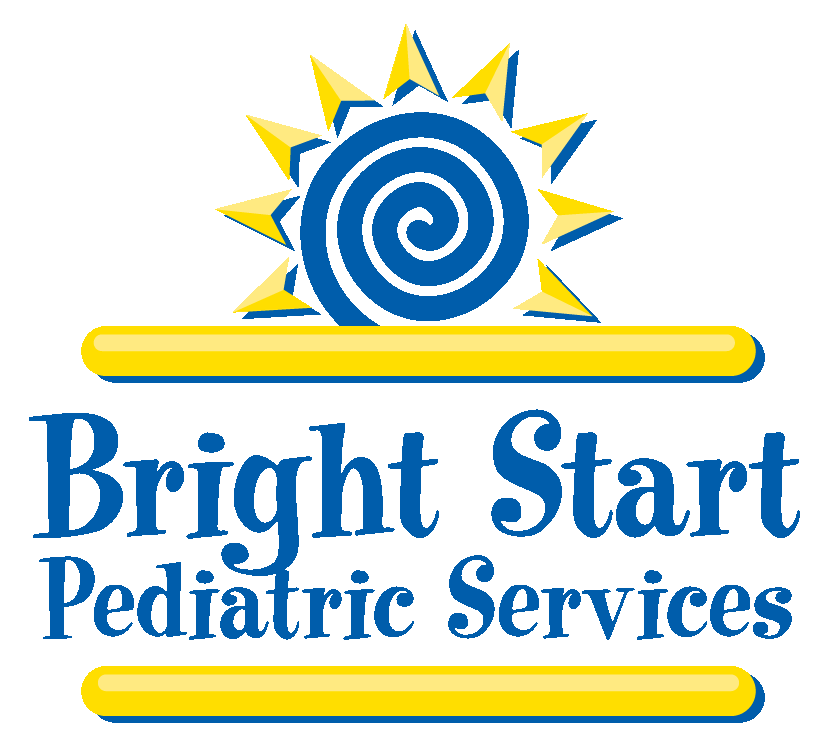
Orofacial Myofunctional Disorders (OMDS)
What are Orofacial Myofunctional Disorders
& How can a SLP help?
According to the American Speech-Language-Hearing Association (ASHA), orofacial
myofunctional disorders (OMDs) are patterns involving oral and orofacial musculature that
interfere with normal growth, development, or function of orofacial structures, or call attention
to themselves (Mason, n.d.A). OMDs may be found in children, adolescents, and adults, and
may co-occur with both speech and swallowing disorders.
Signs and Symptoms of OMDs
Signs and symptoms of orofacial myofunctional disorders may include, but are not limited to:
-
Articulation problems
-
Problems with chewing & swallowing
-
Picky eating habits
-
Lip and/or tongue tie (ankyloglossia)
-
Tongue thrusting
-
Dental abnormalities
-
Sleep issues
-
Teeth grinding
-
Thumb sucking
-
Open mouth posture
-
Drooling
-
Mouth breathing
What age should therapy begin?
Early identification and treatment in children as young as 4 may help to assist with habit elimination, improving facial development, and/or eliminating a speech impairment associated with OMD. A child of 8 or 9 years is generally old enough to complete full training. Children under the age of 4 may benefit from activities designed to improve overall awareness of the orofacial complex and eliminate oral habits.
What are the causes of OMDs?
While it may be challenging to determine a single cause of an OMD, it can often result from one or more of the following issues:
-
Restricted airway (due to enlarged tonsils/adenoids, allergies, or nasal obstruction)
-
Oral habits (thumb, finger or long-term pacifier or sippy cup use)
-
Structural or physiological abnormalities such as a short lingual frenulum (tongue-tie) or other tethered oral tissues (lip/cheek)
-
Orofacial muscular differences that encourage tongue fronting
Additional Facts about Orofacial Myofunctional Therapy
-
OMT is NOT a form of non-speech oral motor exercises (NSOME). OMT is research based and internationally recognized. The International Journal of Orofacial Myology is a peer reviewed journal providing evidence-based practices amongst other peer reviewed journals in speech pathology, dentistry, and medicine.
-
In addition to speech-language pathologists, properly trained registered dental hygenists, dentists, and occupational therapists may practice OMT.
-
OMT requires a commitment for home practice to carry-over and habituate newly learned skills.



